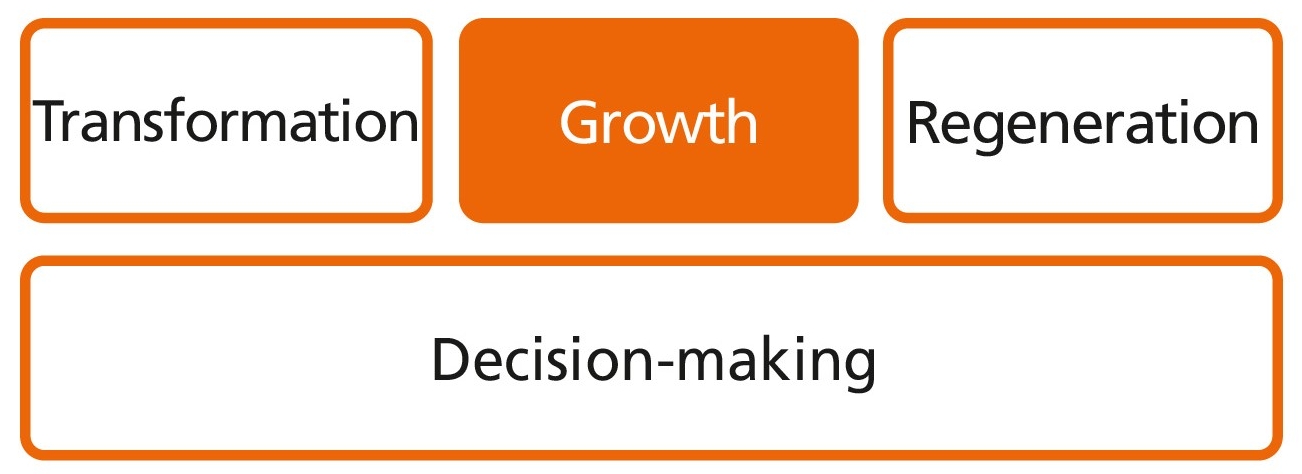What is the challenge?
Increasing competitive pressure requires companies to offer differentiated products and services. Personalization in the offerings can already take place during the manufacturing or service provision process (hard customization, e.g. configuration of equipment features in a new car). If personalization is taken into account after the fact, it is referred to as soft customization (e.g. selection of operating software for existing hardware or service customization). The personalization concept of “mass customization” (customer-specific mass production) is a key objective in Industry 4.0. The challenge in all personalization processes is to define the modules or product elements for personalization that are relevant from the customer’s point of view and to assign a value to them. There are also special requirements for the digital information and communication systems to be used.



